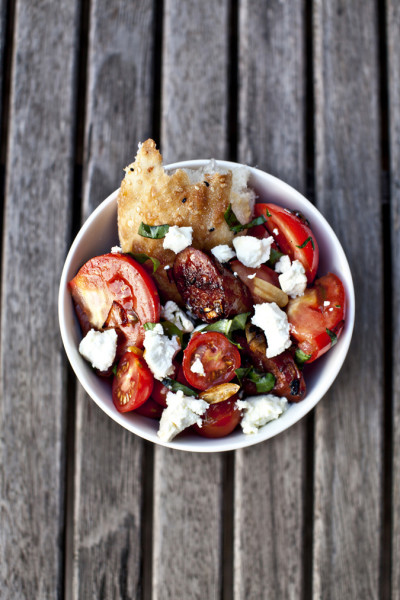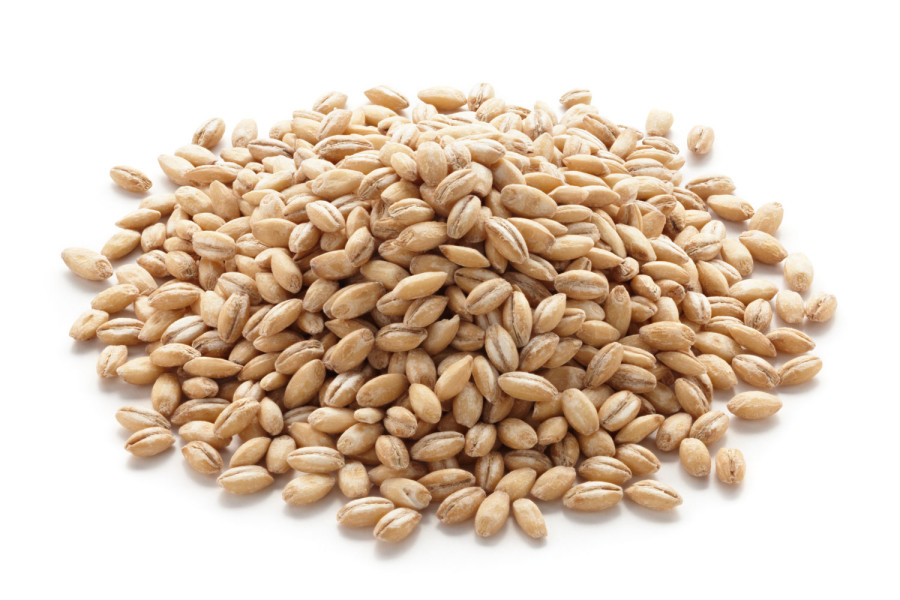
Another hot topic is the whole IIFYM and/or “Flexible Diet” approach running around the internet lately. I have to admit, that when I first heard of it, even I was pretty damned sceptical:
“This is BS, you mean you can eat 130 g Protein, 175 g Carbs and 60 g Fat by eating McDonalds and still get stage ready? Thanks, but no thanks!”. Ahhh…..but here’s where it gets tricky…like all things hot and trendy, once the media get’s hold of you, you’re done for! While “IFFYM may mean, ‘eat junk food til you puke’, to some, for the rest of us intelligent, fitness-minded individuals, it’s probably much closer to the principles we’re already employing, just packaged into a new-fangled label!
IIFYM and Flexible Dieting have actually been what I’ve been practicing since I started in the fitness industry 6 years ago and received my first competition-prep package. I looked at the proscribed meals, (egg whites, bell pepper, oatmeal and blueberries) and wrote back to my online coach asking, “can you just tell me what macros I’m supposed to hit, and how many meals you want me to eat, and I’ll come up with my own menu?”. And so YHH was born! Being a professional chef, competitive athlete, and graduate of the Institute of Integrative Nutrition, I didn’t need anyone to tell me that I’d be best off choosing free-range, grass fed protein, whole grains and locally grown, pesticide-free produce, deeply-hued fruits, quality fats and plenty of dietary fibers to have both ideal body-composition and maximal performance. While I made sure that all my meals were fairly balanced, with the exception of my post-workout meals (higher in high-glycemic carbs), with this approach I didn’t stress if I had a few low fat meals in order to sit down and enjoy a great piece of filet mignon napped with a rich pan-sauce mounted with butter or some blue cheese. As long as I was on a calorie-deficit, maintaining my lean muscle-mass with smart peri-workout nutrition and appropriate training, and met those daily macro totals, I knew I would achieve the results I was looking for. In my first year of competing I went on to win my first show, I won my first of many pro cards, won a photoshoot with Oxygen magazine. Not bad for being a 39-year old woman just starting to lift weights, right?
Where IIFYM goes terribly wrong, is when people start eating junk food, poor quality meats, GMO grains and Omega-6 fats for the majority of their macros, thinking that a Macro is a Macro is a Macro…YES, it’s TRUE that once your body breaks down a dietary carb into the monosaccharide GLUCOSE that the body won’t differentiate a glucose molecule coming from DQ and a glucose molecule coming from organic barley.

What you don’t want to forget, however, is that long before that carbohydrate is broken down into glucose, it has to go through several processes that have a great impact on the overall health of your body. Dietary fiber has an effect on gastric emptying, the passage of chyme through the digestive tract, absorption rate of glucose into the bloodstream, absorption of cholesterol in the small intestine, assisting peristalsis in the intestines, providing fuel for the good bacterias that populate the gut, and many, many other benefits. That’s just fiber! The other macronutrients that come along with a whole-foods source like barley also have an impact on the body: 100 grams of cooked pearl barley has 0.4 grams of fat, split between saturated, monounsaturated and polyunsaturated, 28 grams of carbs of which 3.8 are fiber, and 2.4 grams of protein). Nutritional science is still trying to decipher the complex code of digestion and absorption, and how combinations of macronutrients interact with the various enzymes, gastric acids, bile salts, and hormones in the body. Then there’s the slew of micronutrients that are also part of whole food that profoundly impact digestion, absorption and overall health. Barley contributes to dietary mangesium, iron and B6. Magnesium is important not only for strong bones, but it helps to regulate blood pressure and promotes cardiac health, improves insulin sensitivity and is used in over 300 enzyme-regulated reactions like protein synthesis in muscular contractions/relaxation. Iron is important to build red blood cells and transport oxygen, (to name a few!) and Vitamin B-6 (pyridoxine) is vital in regulating optimal brain and nervous system function, building red blood cells, metabolizing dietary protein and synthesizing antibodies as part of the immune system. This is by no means an exhaustive breakdown of the benefits of barley, but I just want to briefly outline the importance of looking at food choices not only in terms of their macronutrient contributions, but their micronutrient breakdowns as well.

When I create nutritional plans for clients, I get them to look first at whole foods, second at the macronutrients, third at the fiber content, and fourth at the micronutrients. Overall, they are constantly encouraged to make sure their meals are delicious, varied and balanced. That means they have the flexibility of moving macros around to suit their daily needs, but overall they aim to make each meal balanced with pretty darned similar ratios of fat, carbs and proteins.
The beauty of an intelligent, health-focused IIFYM approach is that you can make amazing dishes like the one pictured above, and not worry that eating 30 grams of cooked barley with 30 grams of apple in a chicken salad at night is going to make you gain fat. I make meals like this ALL THE TIME!!! It really opens up all kinds of culinary possibilities that will lead you to a lifetime of health, optimal nutrition and you’ll be in the best shape of your life!
Happy Cooking! Train smart, eat smart.
